Choosing a career in science is becoming more common for women, but it hasn't always been that way. According to the National Science Foundation, nearly 11,000 women held doctoral degrees in science and engineering in 1973, compared to more than 100,000 in 2010. Some faced obstacles they had to overcome to stay competitive. Some were encouraged instead to be wives and mothers, a notion that hasn’t wholly disappeared. These women often became role models for the next generation of scientists, including many at the University of Maryland Center for Environmental Science.
Hali Kilbourne earned the Ph.D. that her grandmother, who worked on the Manhattan Project, never could. Lora Harris has access to research vessels for her work, an opportunity for which her mentor had to fight. Here are a few stories about lasting impressions and the people who inspired our scientists to become who they are today.
For Women’s History Month, eight women from UMCES share their stories about family, colleagues, and teachers who inspired them.
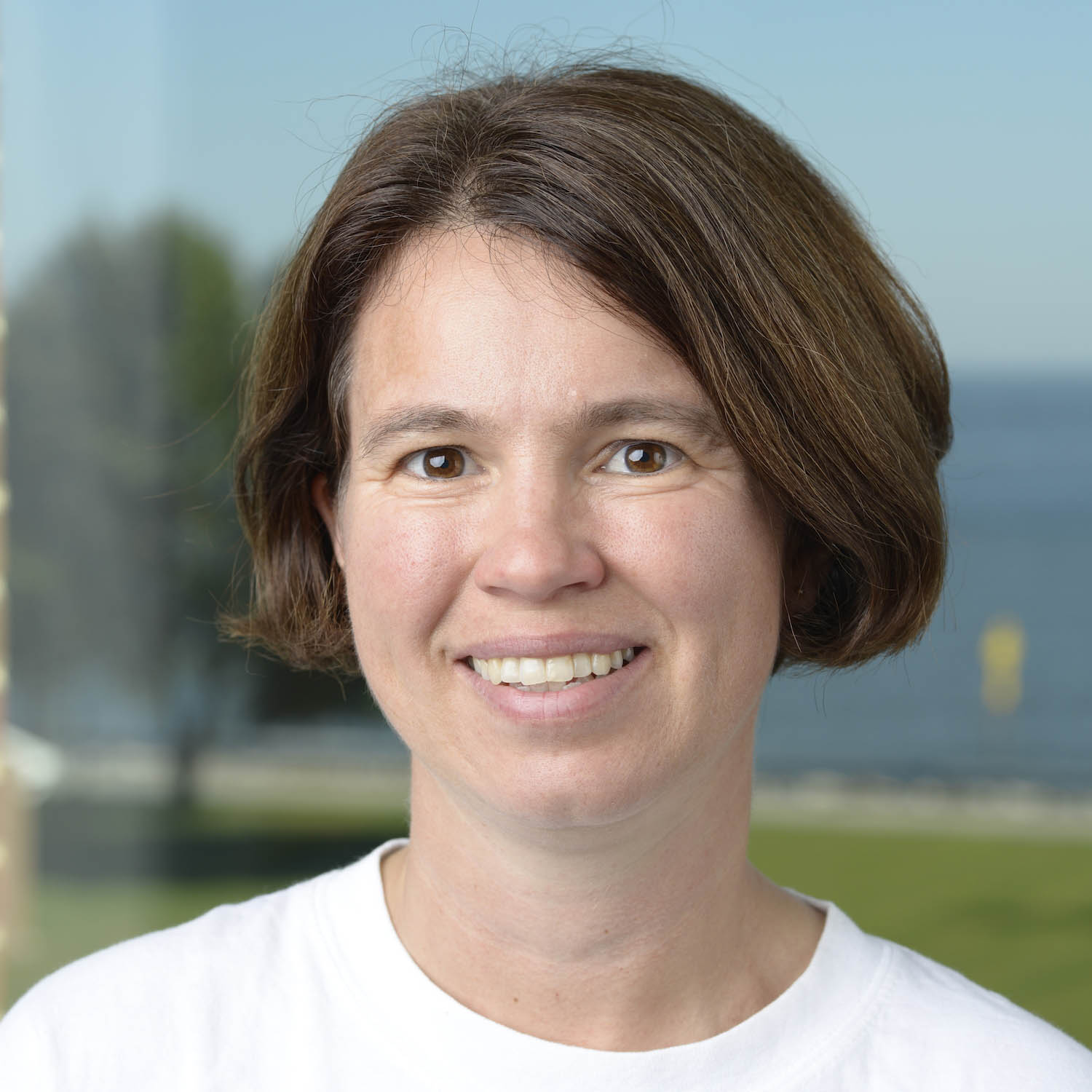 Hali Kilbourne, paleoclimatologist
Hali Kilbourne, paleoclimatologist
Chesapeake Biological Laboratory

When Hali Kilbourne was preparing her Ph.D. defense lecture, she turned to her grandmother for guidance.
“She graduated in 1939 with a degree in biochemistry from Vassar in an era, and from a social class, where most
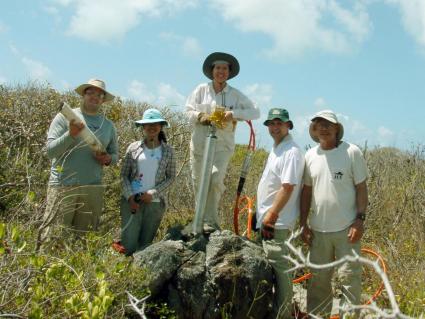
Her grandmother worked on the Manhattan Project as a lab technician during World War II. She ran experiments on the effects of radiation exposure. While her scientific career was limited, her influence would live on through her granddaughter.
“She was never a Ph.D. scientist and fell into her expected role of wife and mother after the war, but she certainly played a role in my becoming a scientist,” Kilbourne said. “How many people have given their Ph.D. defense lecture to their grandmother, who had insightful questions and comments?”
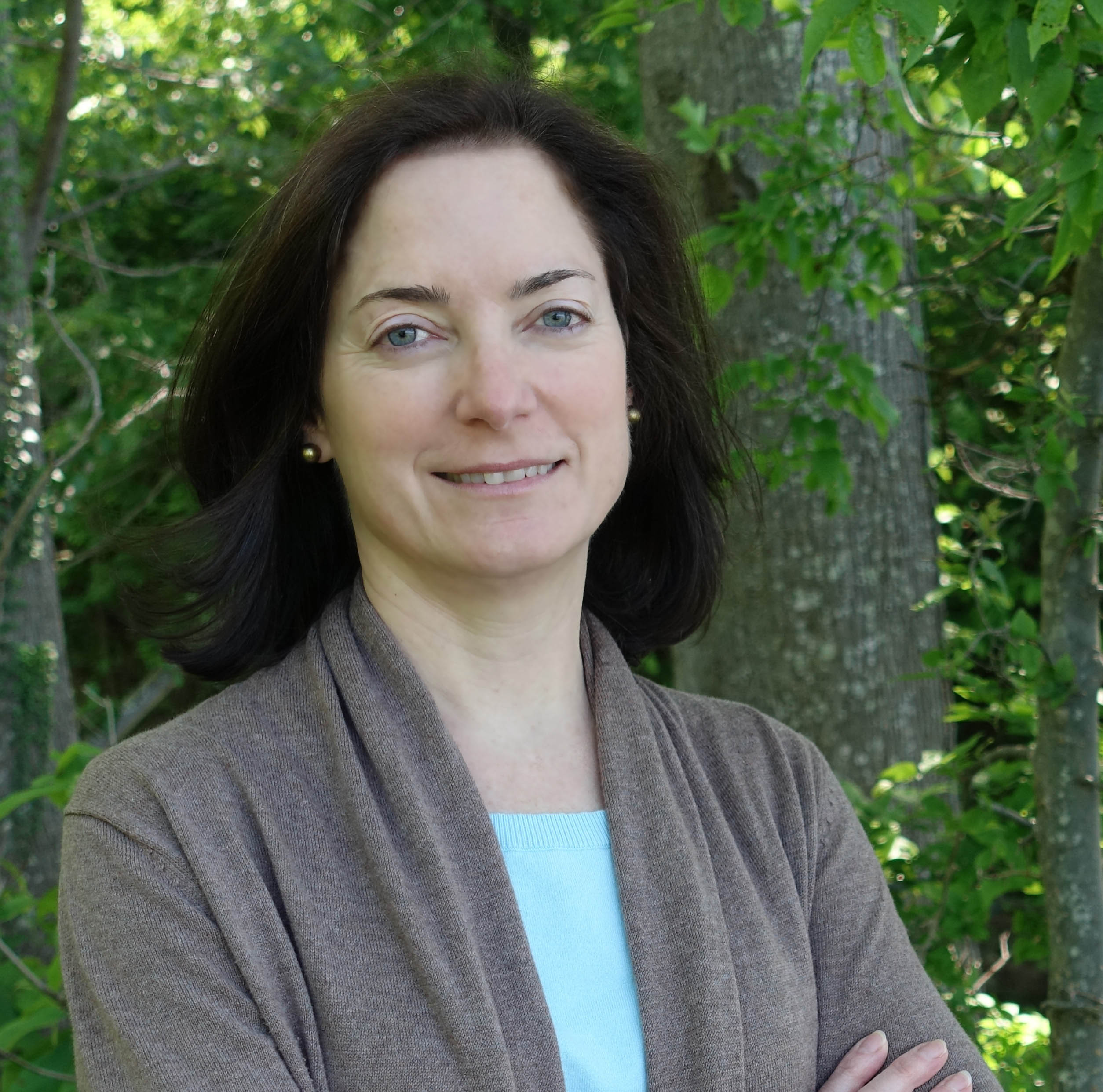 Lisa Wainger, environmental economist
Lisa Wainger, environmental economist
Chesapeake Biological Laboratory

Lisa Wainger found her mentor when she was working toward her Ph.D. She never took one of Dr. Nancy Bockstael’s courses, but ended up working on a joint project with her and benefited from her advice.
Bockstael is an environmental economist who uses mathematical modeling to examine how people value ecosystems and respond to environmental policies. Wainger admired her for becoming a leader in a male-dominated field. It was a career path that aligns with Wainger’s today, but in the 1970s, Bockstael’s interest in the field wasn’t wholly accepted by men.
“When she was working on her Ph.D., she had to overcome blatant bias such as professors who asked her why she was taking up a spot in graduate school that should have gone to a male economist,” Wainger said.
Bockstael pushed onward, excelling to become president of the Association of Environmental and Resource Economists and a fellow of the Agricultural & Applied Economics Association. She also became a professor in the University of Maryland’s Agricultural and Resource Economics.
“More importantly, her work filled important theoretical and information gaps in the emerging field of valuing the benefits that people derive from ecosystems,” Wainger said.
Wainger holds Bockstael in high regard for taking on difficult challenges despite the obstacles she faced rather than doing something easier.
“It is easy to forget how different attitudes were in academic departments just a short time ago,” Wainger said. “I appreciate the toughness and bravery that it took for women pioneers, such as Dr. Bockstael, to buck prevailing social norms and excel in areas that had not previously been accepting of women.”
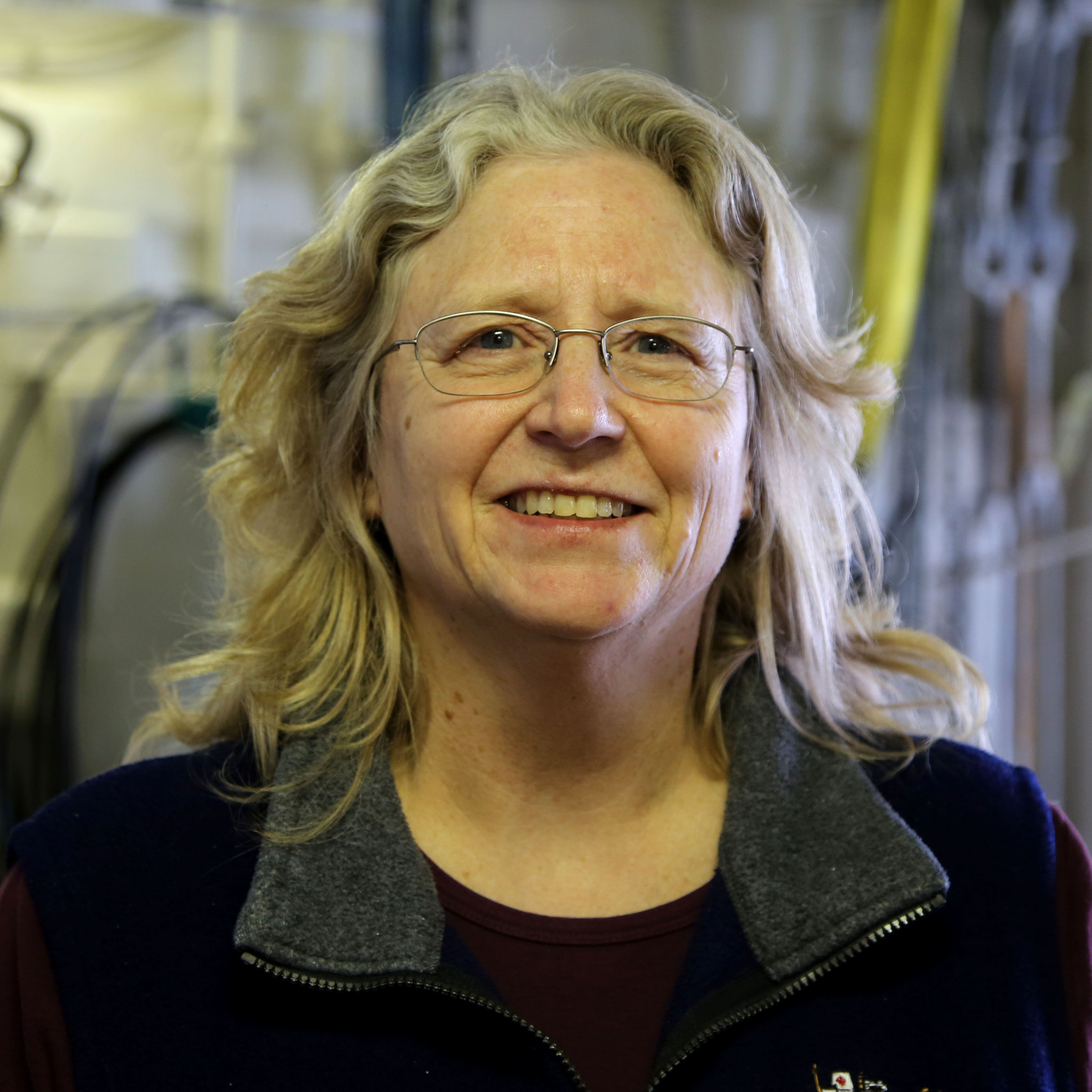 Jackie Grebmeier, biological oceanographer
Jackie Grebmeier, biological oceanographer
Chesapeake Biological Laboratory
The beach seemed like nothing new to Jackie Grebmeier, who grew up on the California coast—at least until she visited one with her AP Biology teacher in high school.
“When I went with her, she pointed to things—there were organisms in the rocks, plant life and animal life—and it just was very exciting,” Grebmeier said.
She saw marine snails and watched sea anemones flower in the water while her teacher spoke about how they ate. In that class, he learned about the value of the environment while she was in it.
“I started looking at the ocean and the coastline differently at that point,” she said. “It got me interested in invertebrate zoology.”
She went on to major in the topic, focusing on ecosystem analysis and its societal relations. Today, Grebmeier is a biological oceanographer. She studies pelagic-benthic coupling, which has her examining processes like plant growth in the water column and phytoplankton, which are small organisms that are the base of several aquatic food webs.
Her work takes her on cruises in the Northern Bering and Chukchi seas in the Arctic where she tracks development of the plants, where they go and how they feed the underlying settlements.
“People may say, ‘What’s so interesting about the clams and the worms down there?’ They’re the base of what feeds the big animals, like the walruses, that people know about in the Arctic,” Grebmeier said. “The gray whales migrate all the way north to feed because it’s very rich up there. So I like to make connections in the ecosystem.”
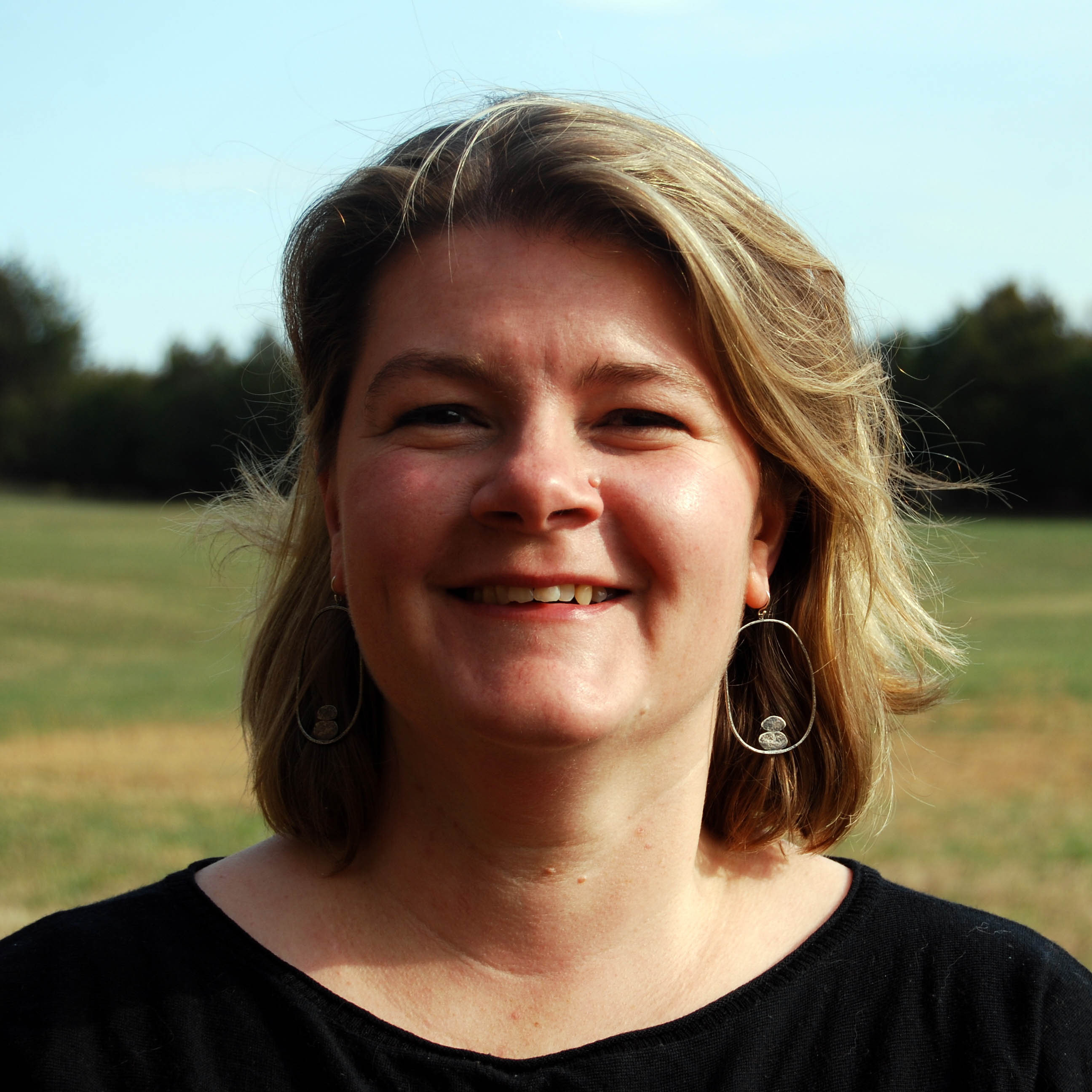 Lora Harris, estuarine and coastal ecologist
Lora Harris, estuarine and coastal ecologist
Chesapeake Biological Laboratory

Lora Harris had to leave high school for personal reasons, but never lost her love of learning. Her search to keep academia in her life led her to Diana Steller and Cassandra Roberts.
The two women were graduate students at the Moss Landing Marine Labs, research and teaching facilities part of a university consortium in California. They had taught Harris to scuba dive, and when she came to them looking for help, they found her a place to live and work in the lab.
“I really credit Diana and Cassandra for helping me to find a way to bridge my leaving high school and figure out what I wanted to do,” said Harris, who is now an estuarine and coastal ecologist.
While Steller and Roberts set Harris on the path that led toward her eventual career, it was a woman Harris
Harris remembers hearing a story that Oviatt was part of a class that was visiting a nuclear power plant under construction, but being a woman, she was initially forbidden to enter the site. Policies permitting women to board research vessels also had to be amended. Her persistence impressed even her male colleagues, who were the ones to share her stories, Harris said.
“For all of us who were female graduate students at the time, it was kind of awesome to hear the war stories,” she said.
Oviatt would create the first whole system energy budget for saltmarsh in Bissel Cove in Rhode Island and started a mesocosm facility—an outdoor experimental system allowing research of the natural environment in controlled conditions—that Harris said guided the understanding of nutrient enrichment and estuaries.
In these ways and more, Oviatt lived up to her legend in Harris’ eyes and inspired her career.
“If I think of all my role models and who really inspired me to think I could do this, Candace was critical to that,” Harris said.
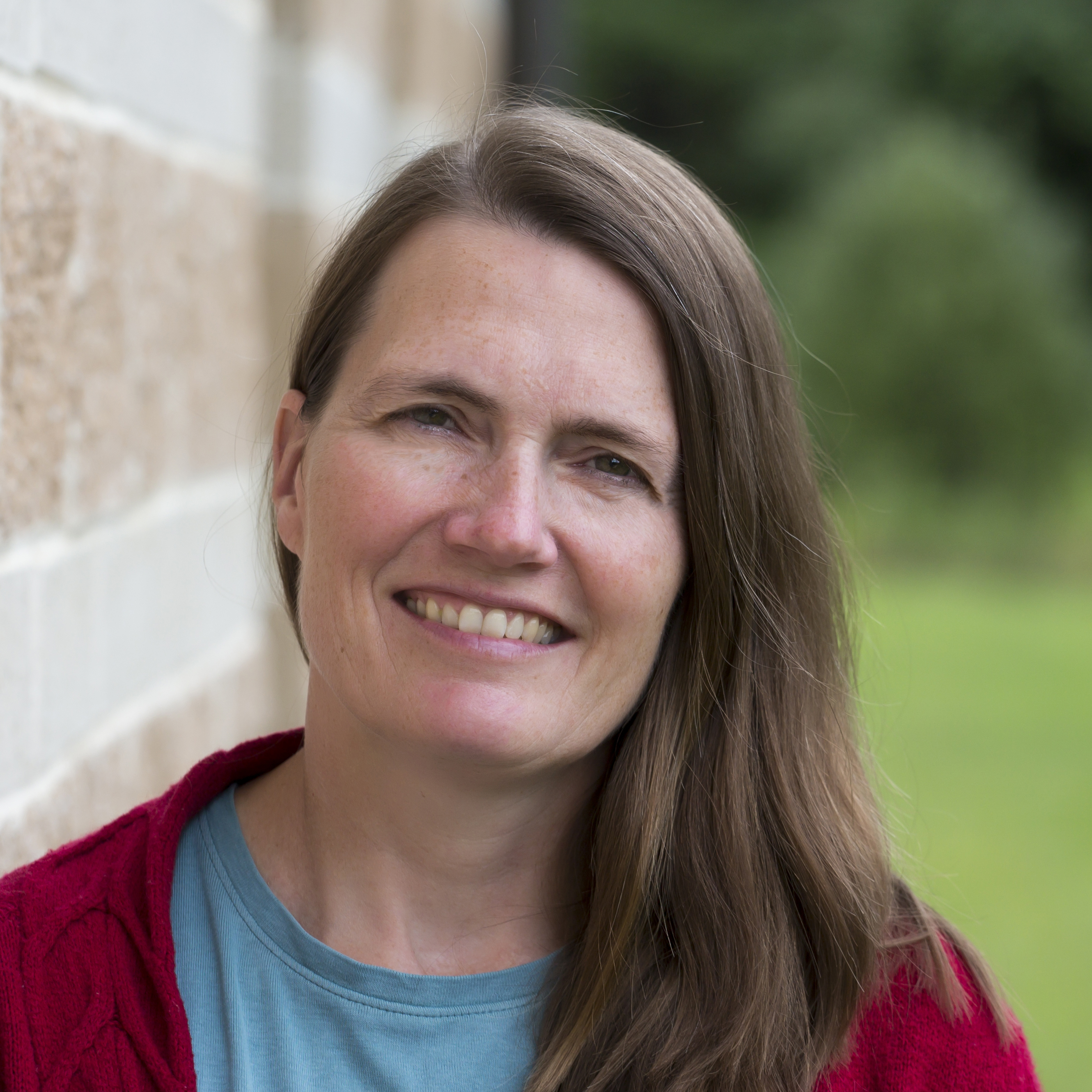 Katia Engelhardt, wetland ecologist
Katia Engelhardt, wetland ecologist
Appalachian Laboratory

Katia Engelhardt was exposed to the world of science through the eyes of her father. Sometimes she would tag along when he went into the field for research or watch as he put together proposals. Sometimes she would see him focus so heavily on his work—even when he was home—that it initially drove her away from science.
“When I became a teenager, I kind of resisted being a scientist because I didn’t want to be that way,” said Engelhardt.
When she went to college, she planned to become a veterinarian instead, not realizing it would direct her right back to scientific field work.
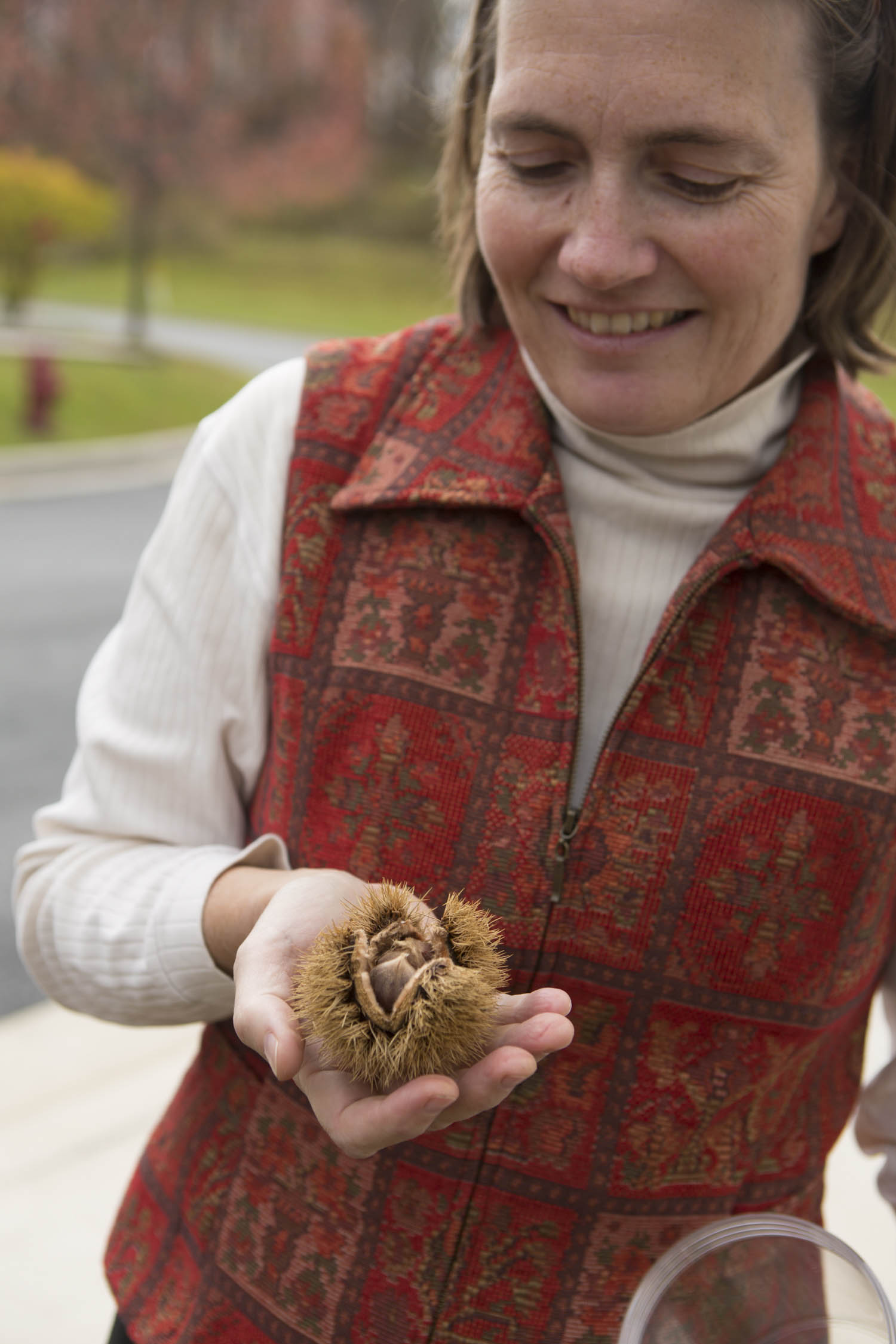
“I got the opportunity to work with a female scientist, a Ph.D. student. She actually got me out in the field tracking feral horses in the deserts of Nevada and California,” she said.
She worked with the scientist for two summers and helped in her lab during the school year. Engelhardt sees this scientist as the person who pivoted her back to her scientific roots.
“She basically reintroduced me to science and how amazing science can be: how you can ask all these questions, that you can go out in the field and basically commune with nature," she said. "I essentially rediscovered who my father is and what he taught me throughout my life. I finally realized that this is what I really wanted to do.”
Engelhardt is now a trained wetland ecologist. She is also a community ecologist with a strong passion for biodiversity and a drive to understand how it’s maintained in order to to learn how to restore and conserve it.
She spoke of the intensity of the career path, noting her work day doesn’t always follow a typical schedule. That’s why Engelhardt also counts her husband, a fellow scientist, among her inspirations. When the work days grow long for one of them, the other can take over responsibilities at home.
 Cathlyn Davis, senior agent
Cathlyn Davis, senior agent
Appalachian Laboratory

Cathlyn “Cat” Davis loved nature, but growing up in a city, she had little exposure to it. She fortunately found experiences that helped her be active outside beyond play.
One was a course with a veterinarian at the National Zoo, where she saw how a zoo maintains the health and welfare of its animals. She also volunteered to work with a ranger at a nature center at Rock Creek Park in Washington D.C. where she could care of their animals. The opportunities were life-changing for Davis. She gained a new perspective of science and its impact on the natural world during a high school course on the Chesapeake Bay.
“The leader of that workshop and the ranger I worked with opened the door to this idea of ways one could pursue careers with the environment,” she said. “We went on field trips and we did role playing, addressing different issues of the Bay. We made a gumbo: we dissected all the organisms, put it in the gumbo, and of course none of the girls would eat it, but I saw how one could engage deeply and study the environment. It kind of ignited this interest for me,” she said.
When she went to college, she started studying science, but was soon drawn toward another degree—one in television and radio production. It was during an internship in Scripps Institution of Oceanography’s marine biology lab that she would see where her interests aligned.
“I had a strong interest in storytelling, but the seed of science remained,” she said. “There were so many stories. I was constantly drawn to the human component of the research process. and I think that had an influence of where I ended up,” she said.
She went on to get a Ph.D. in ecology and moved into science education to integrate the element of storytelling into the work she does.
“My research is primarily focused on engaging the public in science, engaging non-scientists in the science process, igniting in them that same excitement I felt when I was younger,” she said.
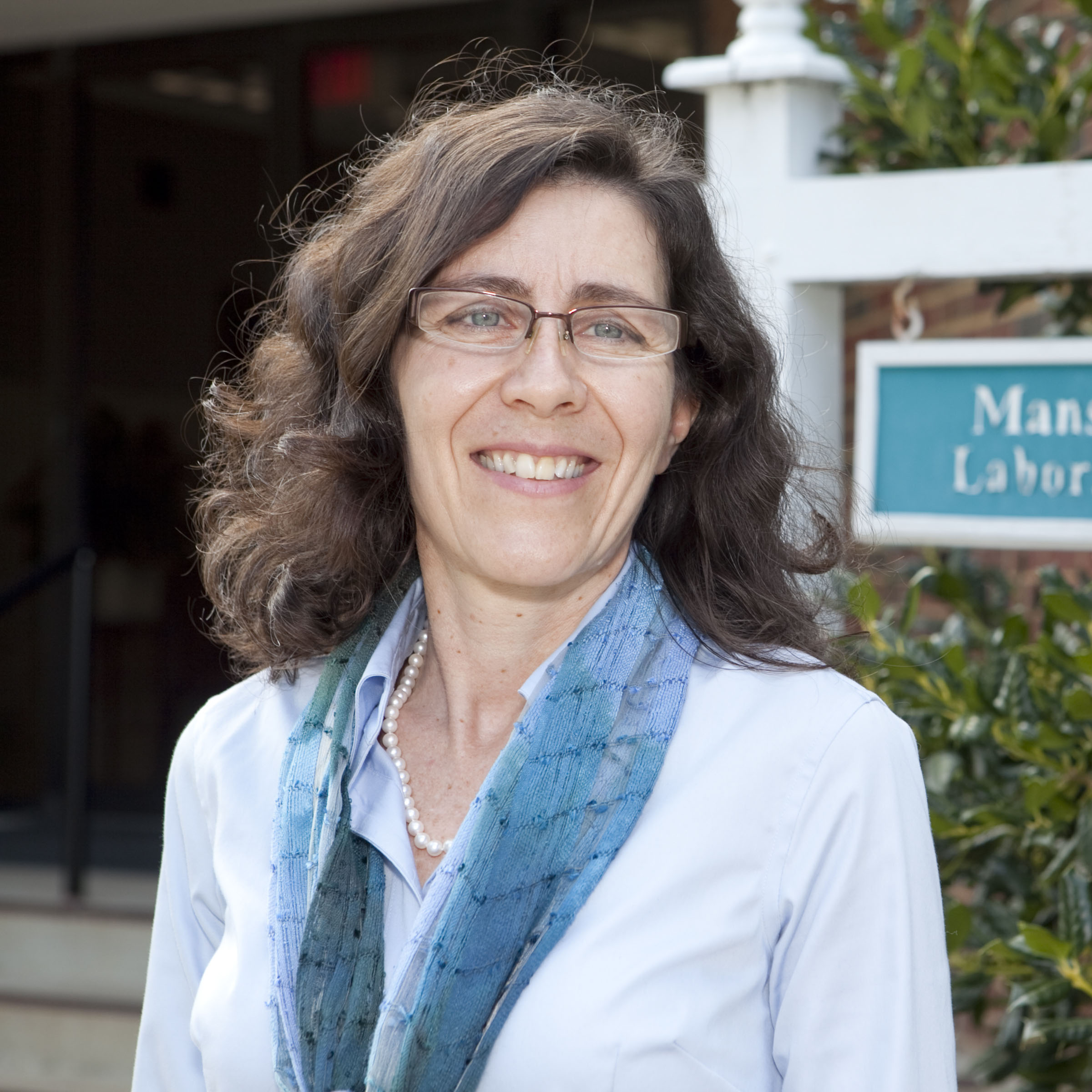 Solange Filoso, ecologist
Solange Filoso, ecologist
Chesapeake Biological Laboratory

The rapidly changing landscape in Brazil when Solange Filoso was growing up drove her passion for science.
“In the 1970s and 1980s in Brazil, not too long ago, deforestation was a measure of progress in the country, and I wanted to do something to help reverse this kind of mentality,” she said.
She wanted to do work on rivers in the Amazon, hoping that would help the environment, but immediately ran into difficulties. The best opportunities for her to find work in the Amazon were actually in the United States. Filoso applied and was accepted to graduate school at the University of California, Santa Barbara and earned a Brazilian fellowship that became her ticket home.
Then something unexpected happened.
“That’s when I first started to realize as a woman, especially as a Latina, it was getting to be a challenge to pursue my career in science, especially if I wanted to have a family,” Filoso said.
The academic world, she explained, is very competitive, and she felt surrounded by women who chose career over family when she wanted to balance both. She didn’t have any allies to even convince her to try.
Then she met a woman named Beth Boyer.
“I met her when I was already a post-doc, and she was a young assistant professor. I was amazed that she could really combine amazing competence and professionalism with kindness and compassion. She seemed to do everything with ease. She was supportive, especially of women, and a real role model. I wish I had met someone like her earlier in my career in the United States.”
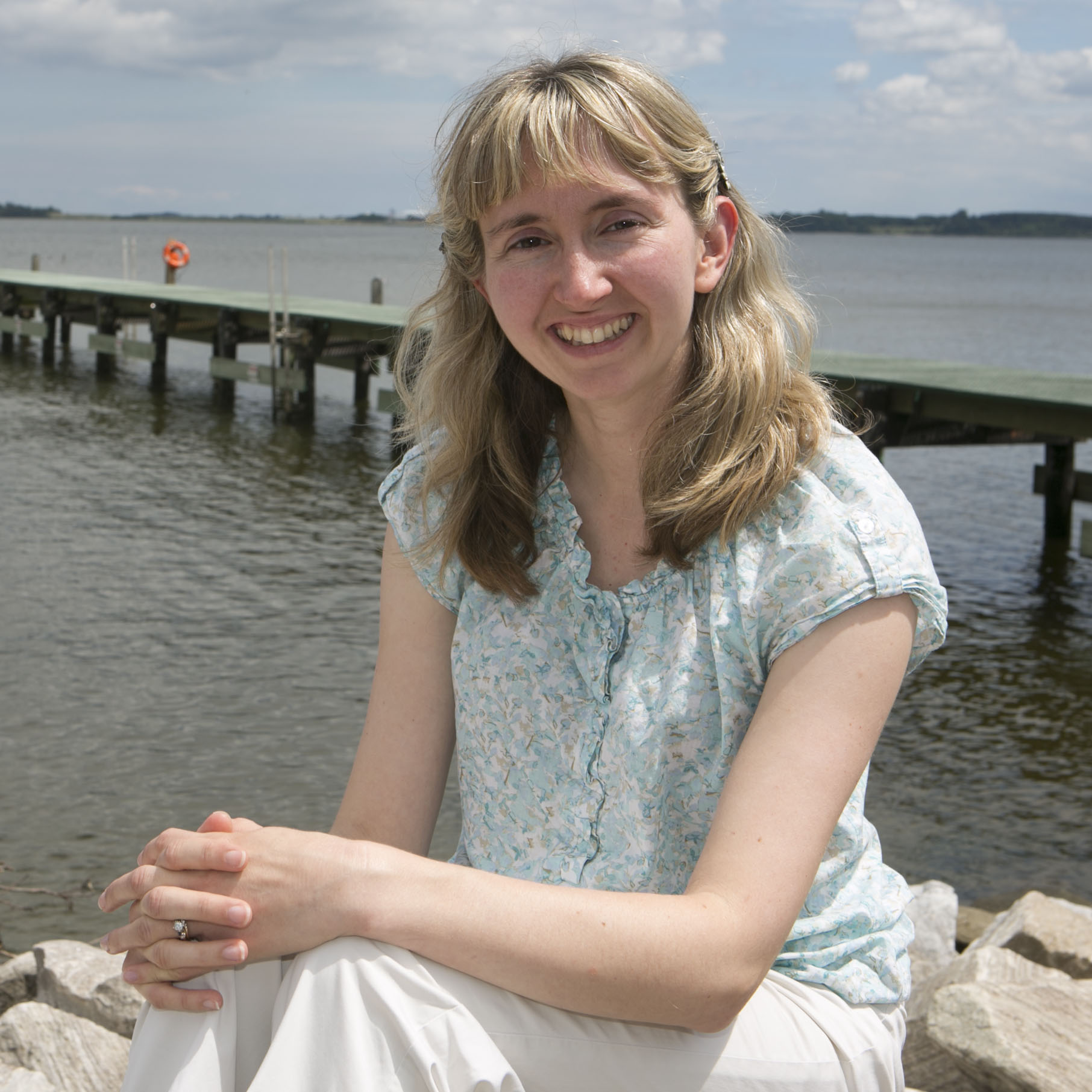 Helen Bailey, associate research professor
Helen Bailey, associate research professor
Chesapeake Biological Laboratory

When Helen Bailey was 10 years old, her school welcomed a guest speaker who launched into her presentation with a call of a chimpanzee. It was Jane Goodall and the impression she made on Bailey would prove to be life changing.
“What really inspired me was the power of observation, just going out and watching these animals in the wild had led her to understand just how complicated and how similar these animals and their social structure was to humans,” Bailey said. “What I really enjoyed about learning about her work was not just the power of scientific discovery, but using that information to make the world a better place.”
That idea has become a basis for Bailey’s research today. She puts a strong emphasis on the application of science to management and getting that information out to the public. For example, she worked with NOAA on the WhaleWatch project to help reduce ship strikes. It uses satellite data and migration models of endangered whales to identify high-risk areas and to help develop conservation policies that might reduce ship strikes and entanglements off the West Coast.
While Bailey works with a variety of marine animals, including leatherback turtles and dolphins, her interest in whales started with a school assignment about endangered species when she was 13.
“I happened to pick the blue whale, and as I found more and more about it, I just became more interested," she said. "Not only was it exciting to learn about this animal, which is the largest on the planet, but also to realize just how little we knew about this enormous animal.”

